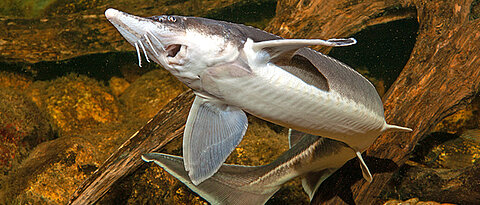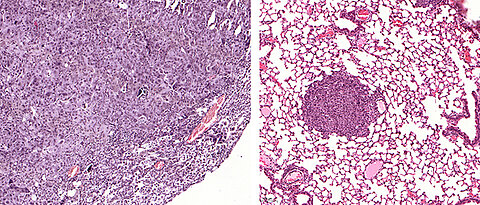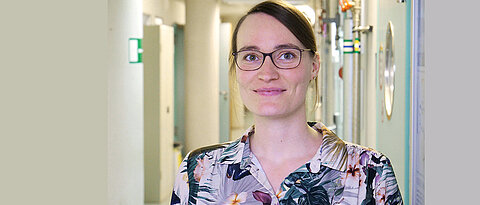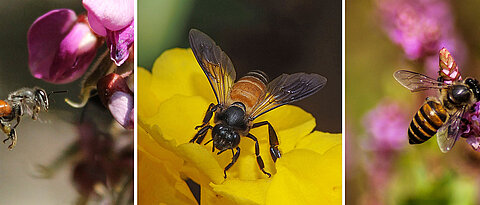Sturgeon genome sequenced
03/30/2020
Sturgeons lived on earth already 300 million years ago and yet their external appearance seems to have undergone very little change. A team of researchers from Würzburg and Berlin has now succeeded in sequencing their genome.
more











